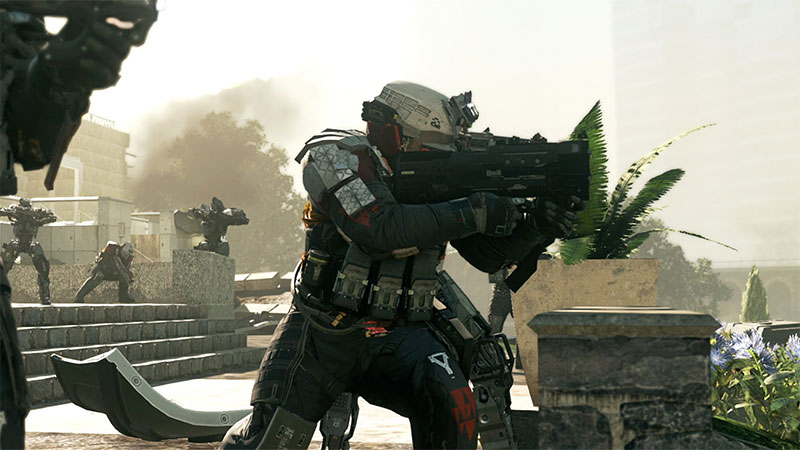Online FPS Games And The Effect Of Their Level Designs On Gameplay
by Mike Jones
Overwatch, Rainbow Six: Siege, and the Call of Duty series- three of the most popular online shooter games people play nowadays on the major gaming platforms. Fundamentally, all three are the same - team-based online shooters where the aim is to complete objectives or prevent the other team from doing so. These three games represent three different philosophies in their level designs, which heavily influence how matches play out.
Online FPS Games

The Call of Duty games are what made the "3-lane" design popular among FPS developers. Having less complex, streamlined 3-lane maps mean that the spawning points can be more easily chosen, and players can better expect where enemies will come from. A good example of a very popular and well-balanced 3-lane map is Dust 2 from Counter-Strike - this map has 3 main routes to the two bomb-sites. Bomb-site A is a bit harder to defend, because it has three possible routes for the Terrorists, while site B only has two - middle and the tunnel, making it much easier to defend. Most maps in the more recent Call of Duty games and in Titanfall 2 are like this, with the goal of focusing the action on 2 or 3 lanes at any time, making gameplay easier to follow and more predictable. After getting to know the maps and the movement speed of players, one can easily predict when and where can enemies appear. This way, these games rely somewhat less on map knowledge and more on reflexes and quick aiming - see CS:GO as the prime example for this.
The Effect Of Their Level Designs On Gameplay
On most of the maps of Overwatch, the objective is for one team to push forward with a "payload", or to capture two points in succession. Other maps feature a control point in the middle, which has to be controlled for a set amount of time to win the rounds. All of these maps follow a similar principle - there is one fairly wide lane, with intertwining smaller side paths scattered here and there, giving some room to both teams for flanking, but not as much as a regular 3-lane map would give. This chokepoint-focused map design absolutely forces the two teams to clash at all times, keeping up a "front-line", which is often very difficult to get around. Even then, if someone manages to go around and flank their enemies, it takes an especially bad team to not notice them immediately, as these side-paths are intentionally obviously placed.
Contrary to the previous two, Rainbow Six: Siege doesn't have any lanes or notable choke points on its maps. The attacking team is dropped next to a building, which the defenders have to reinforce and hold. There is some sort of objective to defend, just like in CS:GO - a hostage, a biohazard container or two bombsites in close proximity. But since the insides of all buildings in Siege are so complex, it is no cakewalk for the attacking team. The maps feel like actual and believable locations - the buildings are complex, varied and full of possible flanking locations and cover. The objective only takes up one or two rooms in a multi-story building, but defenders are free to roam around and set up their traps anywhere inside. This makes an especially unpredictable environment for the attackers, but they have the advantage of being able to enter from multiple locations - much more than 3-4. Moreover, many walls and props can be destroyed or shot through on these maps, presenting an additional layer of complexity to both map design and gameplay.
From a Game Design Perspective
From a game design perspective, all three basic principles are valid and fine. The 3-lane design is simple enough for most shooters and is easily balanced for them; this is the reason why it is so popular with Call of Duty and similar casual shooters aiming at the average console audience. Overwatch focuses more on its Heroes and their special abilities. From a game development perspective, the maps in Rainbow Six: Siege are the most complex and time-consuming to make, especially with the added layer of destruction.

About Mike Jones
As a child of the 80's, my fondest gaming memories are playing Pitfall, Frogger, Kaboom! and Chopper Command on our old Atari 8600. These days I've been rocking the Nintendo Classic and learning some new card and board games with the family."
Thoughts on "Online FPS Games And The Effect Of Their Level Designs On Gameplay"
 |
 |
 |
 |
Game Time Now